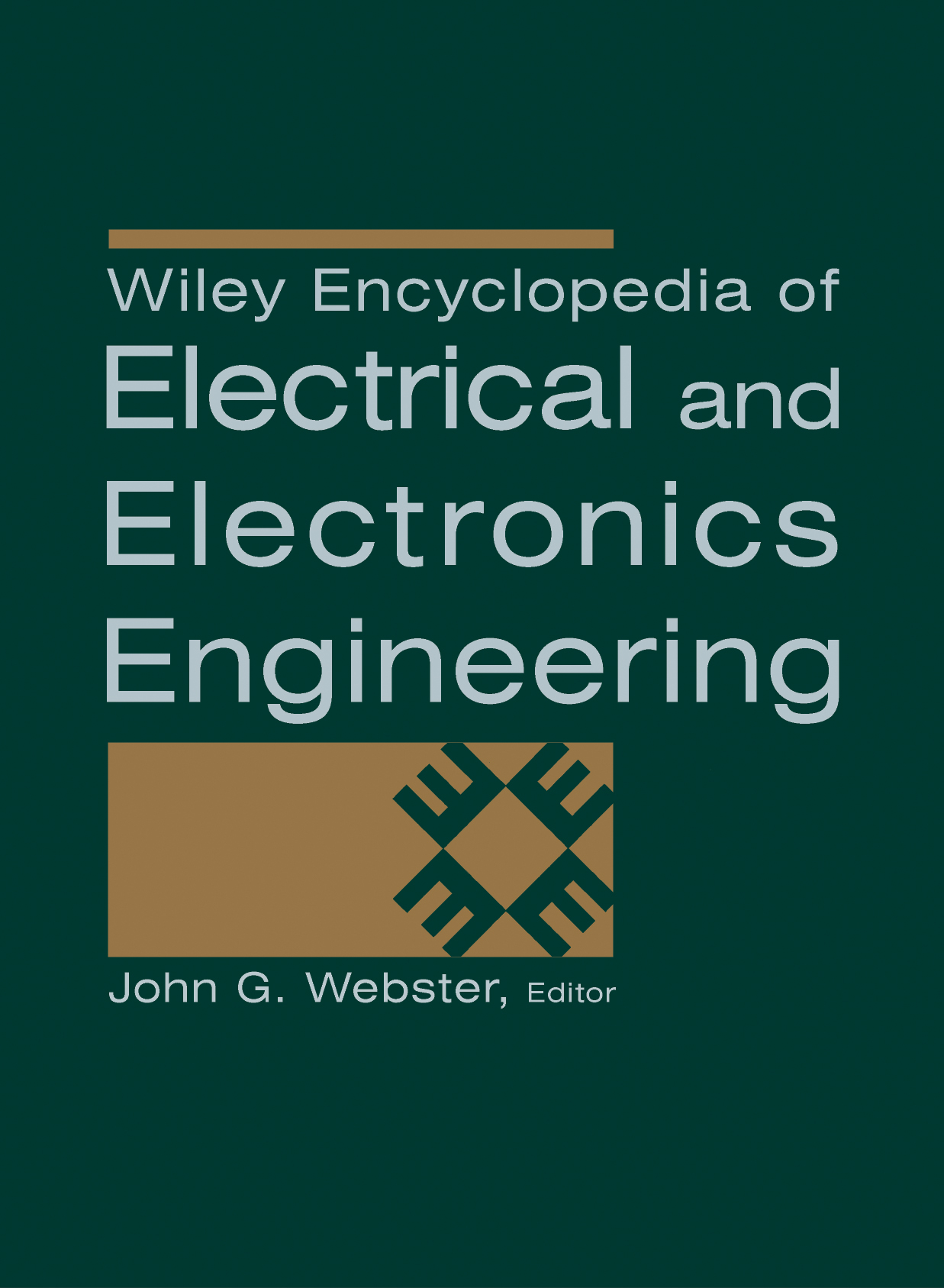Sparse Signal Reconstruction–Introduction
Abstract
Sparse signals are characterized by a few nonzero values in one of their representation domains. The reconstruction of such signals is possible with a reduced set of measurements. The description and basic definitions of sparse signals, along with the conditions for their reconstruction, are discussed in the first part of this article. Among numerous reconstruction algorithms developed for the sparse signals reconstruction, three classes are reviewed. The first one is based on the principle of matching components. Analysis of noise and nonsparsity influence to the reconstruction is done. The second class of reconstruction algorithms is based on the problem reformulation into a constrained convex form when the linear programming optimization and regression methods can be used. The third class of algorithms to obtain the solution is based on the Bayesian approach. The examples of reconstruction using all of the considered approaches are presented, for a common transformation and observation matrices.
Pseudo-codes are provided for all considered reconstruction algorithms.



